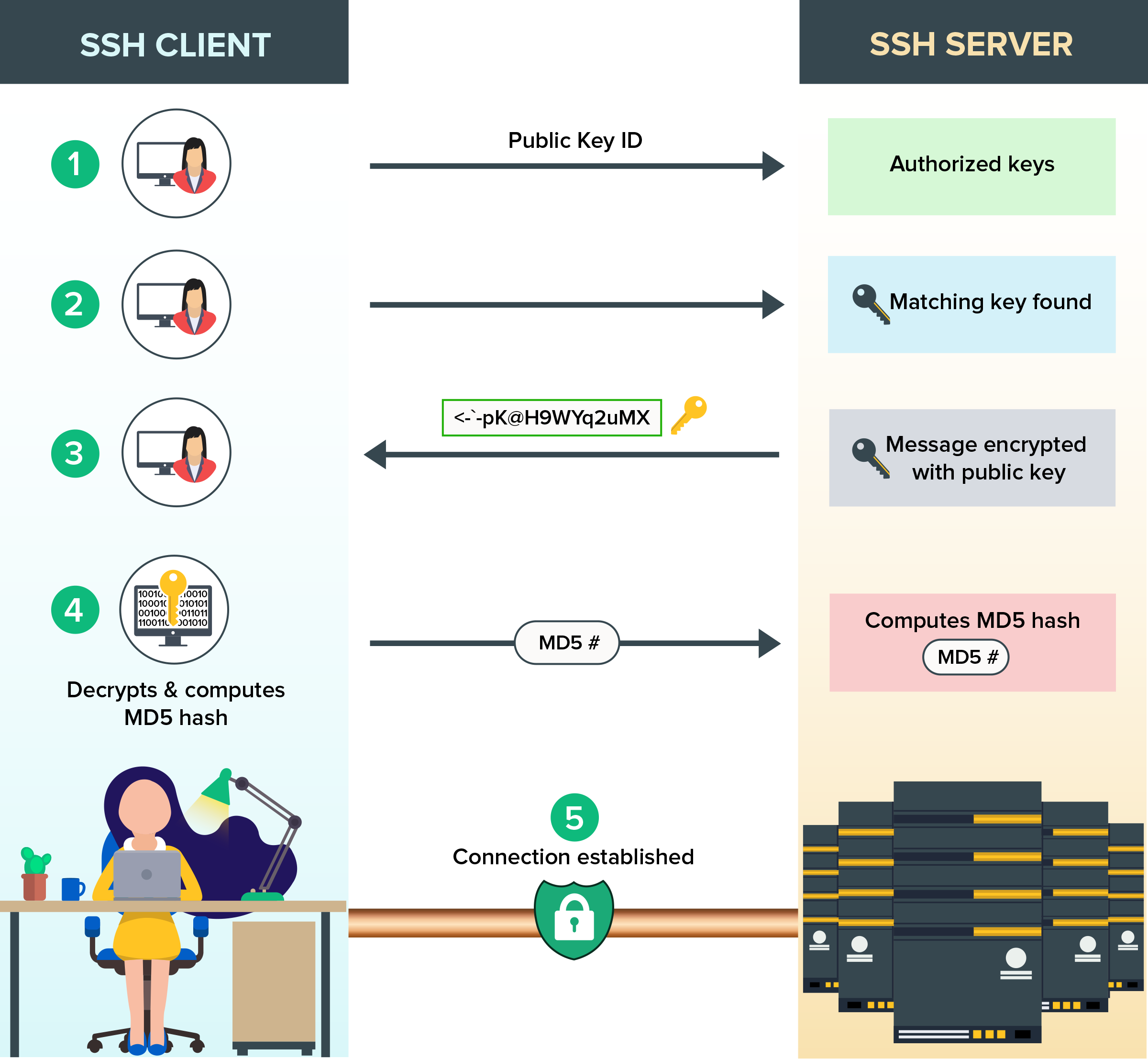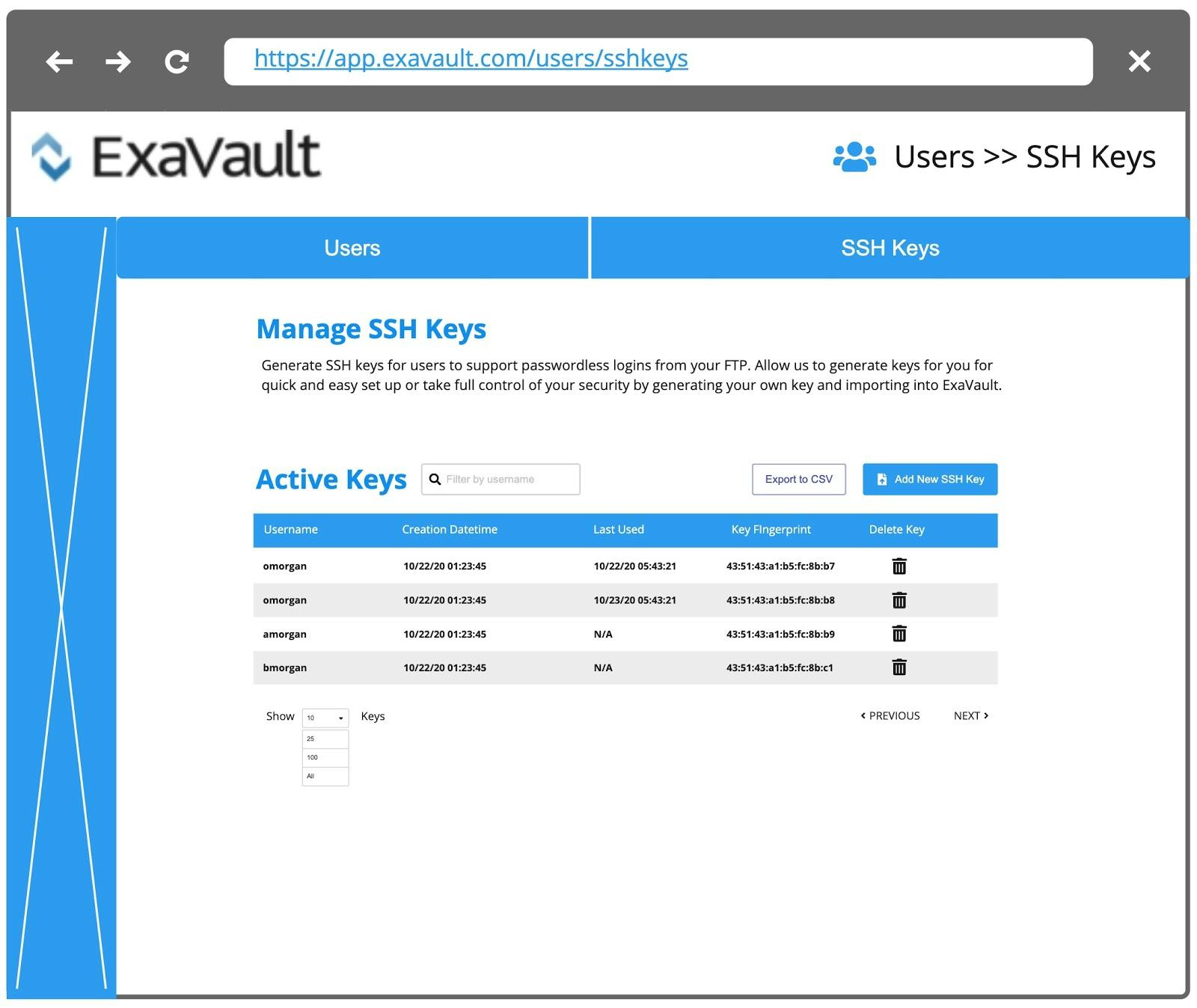Remote IoT SSH Key Management: Best Practices & Troubleshooting
Are you leaving your remotely deployed systems vulnerable to attack simply by overlooking the nuances of SSH key management? The reality is, a robust SSH key management strategy is absolutely critical to securing your remote IoT infrastructure, forming the bedrock of your overall security posture and mitigating potentially catastrophic breaches.
Remote IoT deployments, by their very nature, introduce complexities not encountered in traditional data centers. Devices are often geographically dispersed, operating in unattended environments, and connected over potentially untrusted networks. This makes them prime targets for malicious actors seeking to gain unauthorized access, exfiltrate sensitive data, or even commandeer entire device fleets for use in botnets or other nefarious activities. Default passwords, weak encryption, and poor key management practices are like leaving the front door wide open for these attackers.
SSH (Secure Shell) is the de facto standard for securely accessing and managing remote systems. It provides an encrypted channel for communication, ensuring confidentiality and integrity of data transmitted between the client and the server. However, the security of SSH hinges on the proper management of SSH keys. While password-based authentication is an option, it's significantly less secure than using SSH keys. Passwords can be brute-forced, phished, or guessed, while SSH keys, when properly protected, offer a much stronger level of authentication.
- Somali Wasmo Telegram Channels Find The Best Join Now
- Masalafun Website Legitimacy Meaning And Terms Explained 2024
Consider the scenario of a large-scale deployment of IoT sensors monitoring environmental conditions across a vast agricultural landscape. Each sensor needs to be securely accessible for configuration updates, data retrieval, and troubleshooting. Relying on passwords for hundreds or even thousands of devices is a logistical nightmare, prone to human error and vulnerable to compromise. A compromised password on even a single device could potentially grant an attacker access to the entire network.
A more robust approach involves using SSH keys. Each device is provisioned with a unique private key, and the corresponding public key is authorized on the central management server. When a connection is established, the server verifies the client's identity using the private key, without requiring the transmission of a password. This eliminates the risk of password-based attacks and significantly enhances the security of the system.
However, even with SSH keys, proper management is paramount. Simply generating keys and distributing them to devices is not enough. Keys need to be securely stored, rotated regularly, and revoked promptly when a device is compromised or decommissioned. Failure to do so can leave the system vulnerable to attack, even with the use of SSH keys.
- Somali Telegram Connect Share Explore Community Guide
- Noah Film Cover Finde Entdecke Bioseiten Und Mehr
One of the biggest challenges in remote IoT deployments is the lack of physical access to devices. In a traditional data center, if a key is compromised, you can physically access the server and replace it. However, in a remote environment, this may not be possible. Devices may be located in remote locations, inaccessible due to weather conditions, or simply too numerous to physically access each one.
Automated key management systems are essential for addressing these challenges. These systems provide a centralized platform for generating, distributing, rotating, and revoking SSH keys across a large number of devices. They automate the key management process, reducing the risk of human error and ensuring that keys are always up-to-date and secure.
A typical automated key management system will include features such as:
- Key Generation: Securely generates strong SSH keys for each device.
- Key Distribution: Automates the distribution of public keys to authorized servers.
- Key Rotation: Regularly rotates SSH keys to minimize the impact of a potential compromise.
- Key Revocation: Quickly revokes compromised keys to prevent unauthorized access.
- Access Control: Restricts access to keys based on user roles and permissions.
- Auditing: Logs all key management activities for auditing and compliance purposes.
Implementing a robust SSH key management strategy is not a one-time task; it's an ongoing process that requires continuous monitoring and improvement. Regularly review your key management policies, audit your systems for vulnerabilities, and stay up-to-date on the latest security threats. By taking these steps, you can significantly reduce the risk of a security breach and protect your remote IoT infrastructure from attack. Choosing the right remoteiot management tool is the first step in this journey.
Furthermore, consider the compliance aspect. Many industries are subject to regulations that require strong security controls, including secure access to remote systems. A well-implemented SSH key management system can help you meet these compliance requirements and avoid costly fines and penalties.
The benefits of strong SSH key management extend beyond security:
- Improved Efficiency: Automation reduces the time and effort required to manage SSH keys.
- Reduced Costs: Prevents costly security breaches and compliance penalties.
- Enhanced Scalability: Enables you to securely manage a large number of remote devices.
- Increased Reliability: Ensures that devices are always accessible for maintenance and troubleshooting.
In conclusion, securing your remote IoT infrastructure requires a comprehensive approach, and SSH key management is a critical component of that approach. By implementing a robust key management strategy, you can protect your devices from attack, meet compliance requirements, and improve the overall efficiency and reliability of your system.
The process of implementing and managing SSH keys involves several key considerations. First, selecting appropriate key lengths is crucial. While longer keys offer greater security, they also impact performance. A balance must be struck between security and performance, taking into account the specific requirements of the application and the capabilities of the devices. Secondly, consider hardware security modules(HSMs) to securely store private SSH keys. HSMs are specialized hardware devices designed to protect cryptographic keys from unauthorized access. Integrating an HSM with your SSH key management system adds an extra layer of security, making it much more difficult for attackers to compromise your keys. Next, Implement two-factor authentication (2FA) for SSH access whenever possible. 2FA adds an extra layer of security by requiring users to provide two independent factors of authentication, such as a password and a one-time code from a mobile app. This makes it much more difficult for attackers to gain access to your systems, even if they have compromised your SSH keys.
Choosing the right tools for SSH key management is also vital. There are numerous open-source and commercial tools available, each with its own strengths and weaknesses. Evaluate your needs carefully and select a tool that meets your specific requirements. Consider factors such as scalability, ease of use, integration with existing systems, and cost.
Beyond the technical aspects, it's important to educate your team about SSH key management best practices. Train your staff on how to generate, store, and use SSH keys securely. Emphasize the importance of protecting private keys and avoiding common mistakes such as storing keys in insecure locations or sharing keys with others. Regular training and awareness programs can significantly reduce the risk of human error and improve the overall security posture of your organization.
Finally, remember that security is a continuous process, not a one-time event. Regularly review and update your SSH key management policies and procedures. Stay informed about the latest security threats and vulnerabilities. Continuously monitor your systems for suspicious activity and be prepared to respond quickly to any security incidents. By taking a proactive and vigilant approach to security, you can minimize the risk of a breach and protect your remote IoT infrastructure from attack.
The future of SSH key management is likely to be shaped by several emerging trends. One trend is the increasing adoption of cloud-based key management services. These services offer a convenient and scalable way to manage SSH keys across a distributed infrastructure. They also provide features such as key rotation, access control, and auditing, which can simplify the key management process. Another trend is the growing use of hardware security modules (HSMs) for storing SSH keys. HSMs provide a high level of security for sensitive cryptographic keys, making them an ideal solution for protecting SSH keys in critical applications. Finally, the emergence of new authentication technologies such as FIDO2 is likely to impact the future of SSH key management. FIDO2 provides a secure and passwordless authentication mechanism that can be used to enhance the security of SSH access.
| Attribute | Value |
|---|---|
| Subject | SSH Key Management in Remote IoT Environments (Hypothetical) |
| Key Challenge | Securing access to remotely deployed devices with limited physical access. |
| Recommended Solution | Automated SSH key management system with key rotation and revocation capabilities. |
| Compliance Considerations | Industry-specific regulations requiring secure remote access controls. |
| Future Trends | Cloud-based key management, HSM integration, FIDO2 authentication. |
- Overtime Megan Leaks What Happened Why She Deleted Tiktok
- Vegamovies No Results Found Check Spelling Movie Options

Best RemoteIoT SSH Key Management Secure And Efficient Solutions For

Best RemoteIoT SSH Key Management Secure And Efficient Solutions For

RemoteIoT SSH Key Management A Comprehensive Guide For Secure Access